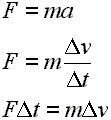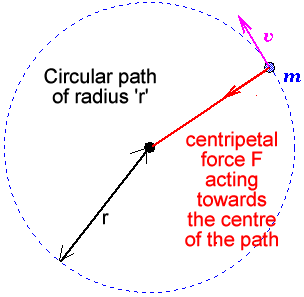It's the force per unit mass on a small mass placed in the field. It can be represented by the equation g=F/m (F is the gravitational force acting on a small mass m) or g=GM/r²(r² is the distance from the centre of the large mass M).
Is the earths gravitational field radial or uniform?
It's radial because the earths gravitational field strength decreases as the distance from the centre of the earth increases.
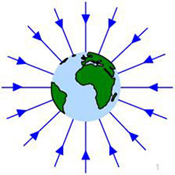
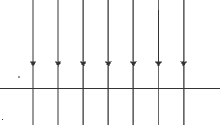
Radial Field. Uniform Field.
Newton's Law Of Gravitation:
Sir Isaac Newton's law of gravitation tells us that there is a gravitational force acting between all matter. This law can be represented to it's general form: F=GMm/r² (G is the universal gravitational constant, where G=6.67384 × 10-11 m3 kg-1 s-2)

Gravitational Potential:
The gravitational potential at a point in the gravitational field is the work done per unit mass to move a small object from infinity to that point. V=W/m (V "J/kg" is the gravitational potential and W is the work done "J").

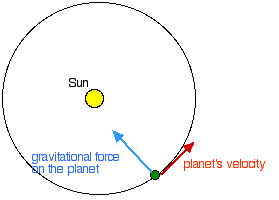 This is an example similar to the one stated above. Here is an article from BBC NEWS about the drawbacks using GPS and other navigational satellites:
This is an example similar to the one stated above. Here is an article from BBC NEWS about the drawbacks using GPS and other navigational satellites: 


